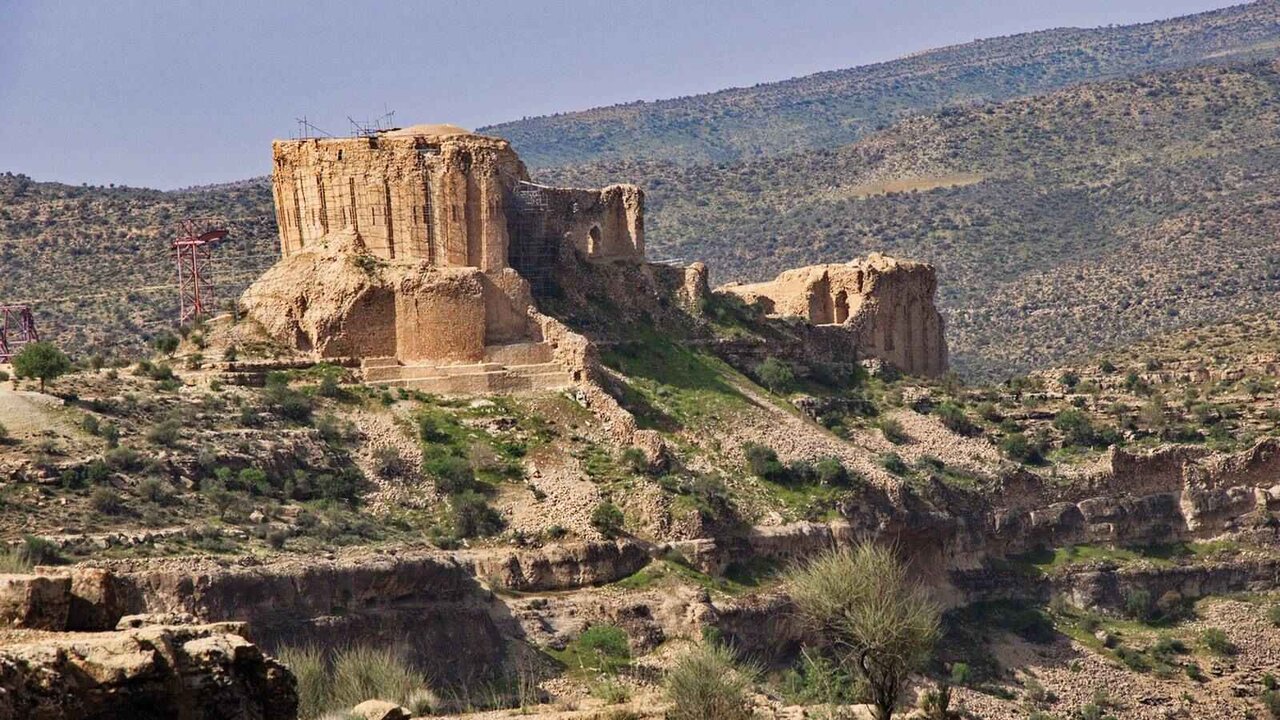Investment needed to set up gondola lift near Sassanid-era castle, minister says

TEHRAN –Setting up a gondola lift next to the ancient Qa’leh Dokhtar, an ancient castle in the southern province of Fars, needs to attract funds from the private sector, the Cultural Heritage, Tourism, and Handicrafts Minister Ezzatollah Zarghami has said.
The region has a rare chance to boost its tourism industry and attract investors by having the essential infrastructure in place for a gondola lift system, the minister explained on Thursday.
This offers a unique opportunity to foster economic prosperity and growth of the tourism sector in the region, he added.
The presence of a gondola lift near the castle and its surrounding vicinity is an excellent opportunity for investors looking to contribute to the growth of a tourism destination, he noted.
Such an infrastructure would be an asset in the development of the area, attracting tourists who are keen to explore the region from a bird’s eye point of view, he mentioned.
Situated on a mountain slope neighboring the Firuzabad-Kavar road in southeastern Kerman province, Qal’eh Dokhtar (literally meaning the Maiden Castle) was made by Ardashir I, the founder of the Sasanian Empire (224–651) in 209 CE.
Based on narratives, the monument is named after the ancient Iranian goddess Anahita, to whom the term “Maiden” refers.
The entrance to the castle is through a tall gateway within a large, rectangular tower. Inside, a broad stairway leads up to a rectangular hall, with blind niches on either side of two large buttresses at the east end.
The fortified palace contains many of the recurring features of Sasanian architecture such as long halls, arches, domes, recessed windows, and stairways.
The historical monument along with several ruined royal palaces, strongholds, and fire temples in Bishapur, Firuzabad, and Sarvestan has been registered on the UNESCO World Heritage List as Sasanian-era Archaeological Landscape of Fars Region.
It was also added to the national heritage list in 1936.
Under the Sassanians, Iranian art experienced a general renaissance. Architecture often took grandiose proportions, such as the palaces at Ctesiphon, Firuzabad, and Sarvestan. According to Encyclopedia Britannica, one of the most characteristic and striking relics of Sassanian art are rock sculptures carved on abrupt limestone cliffs, for example at the historical sites Bishapur, Naqsh-e Rostam, and Naqsh-e Rajab.
Metalwork and gem engraving became highly sophisticated. The scholarship was encouraged by the state, and works from both the East and West were translated into Pahlavi, the language of the Sassanians.
ABU/AM
